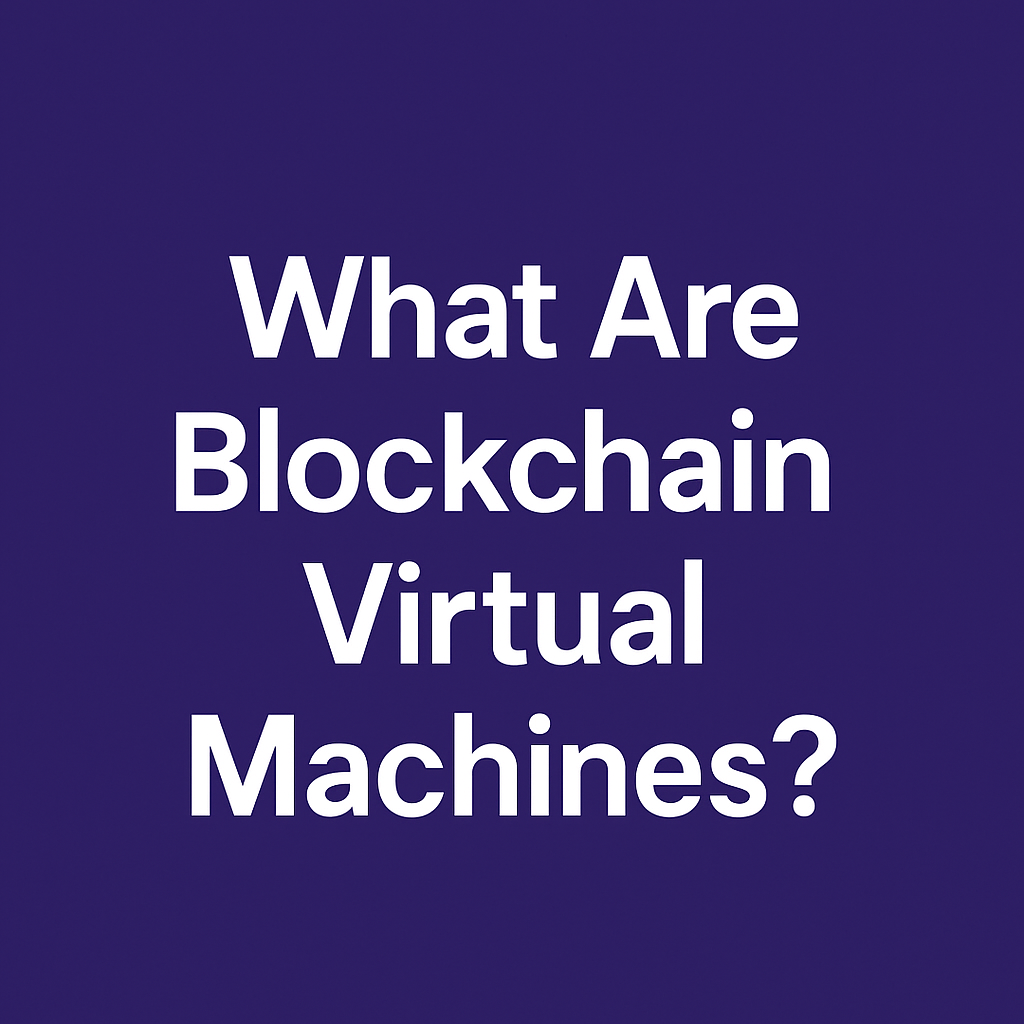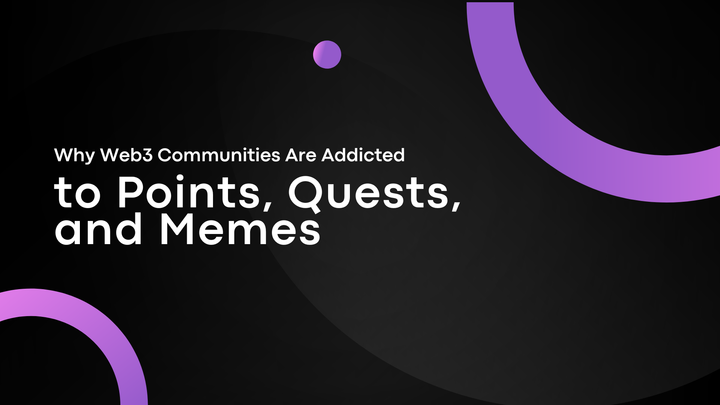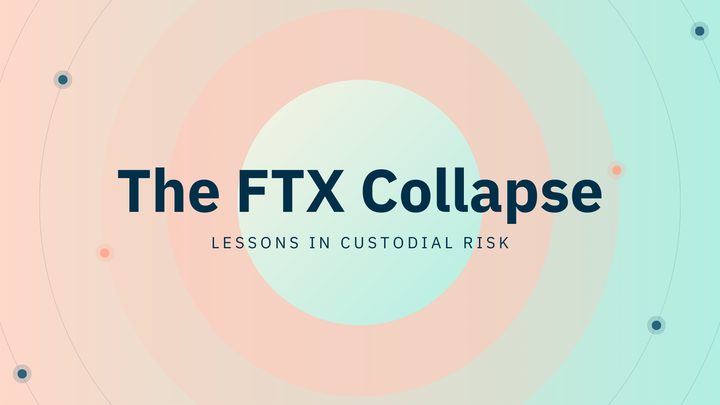What Are Blockchain Virtual Machines?

A Blockchain Virtual Machine (VM) is like a mini-computer inside a blockchain. It runs smart contracts — the code that powers DeFi, NFTs, games, and more.
Each VM has its own way of handling data, security, and performance. Just like there are different operating systems (Windows, macOS, Linux), there are different blockchain VMs — and they don’t all work the same.
Why Do VMs Matter?
A VM decides:
- 🛠️ What kind of code developers can write
- 🔐 How secure and bug-proof smart contracts are
- ⚡ How fast and cheap transactions are
- 🌉 How easy it is to connect with other blockchains
Now let’s look at three important VMs: EVM, MoveVM, and MidenVM.
1. EVM (Ethereum Virtual Machine)
The most widely used VM in crypto.
- ✅ Powers Ethereum, Polygon, Avalanche, BSC, and many more
- 🧱 Runs Solidity — the most popular smart contract language
- 📚 Huge ecosystem of tools, devs, and apps
Pros:
- Well-tested and battle-proven
- Easy to learn (lots of resources)
- Compatible across many chains
Cons:
- Older design = harder to make secure
- Limited parallel execution (slow for high-load apps)
- Expensive gas costs during peak usage
2. MoveVM (Used by Aptos & Sui)
A newer, security-focused VM built around the “Move” language.
- 🔒 Focuses on asset safety — you can't accidentally lose tokens
- 📦 Built-in protections for things like double-spending
- 🧩 Designed to avoid common Solidity bugs
Pros:
- Strong type safety and resource control
- Better at handling assets like NFTs or token transfers
- Efficient and scalable (especially in Sui's version)
Cons:
- Smaller developer community (newer tech)
- Not EVM-compatible — harder to port Ethereum apps
3. MidenVM (Built by Polygon)
A ZK-friendly virtual machine for privacy and scalability.
- 🔍 Built for Zero-Knowledge Proofs (ZK) — which allow verifying transactions without revealing all data
- ⚡ Designed for fast, private, and scalable apps
- 🧠 Uses a low-level language close to assembly (harder, but powerful)
Pros:
- Native support for ZK rollups
- Fast proof generation = better performance at scale
- Good for private or complex logic (e.g., gaming, AI, identity)
Cons:
- Not developer-friendly yet (hard to write code for)
- Still under development — not as mature as EVM or MoveVM
Conclusion
Blockchain VMs are the engines behind smart contracts.
While EVM has the biggest ecosystem, newer VMs like MoveVM and MidenVM offer better security, scalability, and privacy.
As Web3 grows, we'll see multiple VMs co-exist, each tuned for specific needs — just like we have Android, iOS, and Windows in the Web2 world. The future of blockchain isn't one-size-fits-all — it's multi-VM.



Comments ()